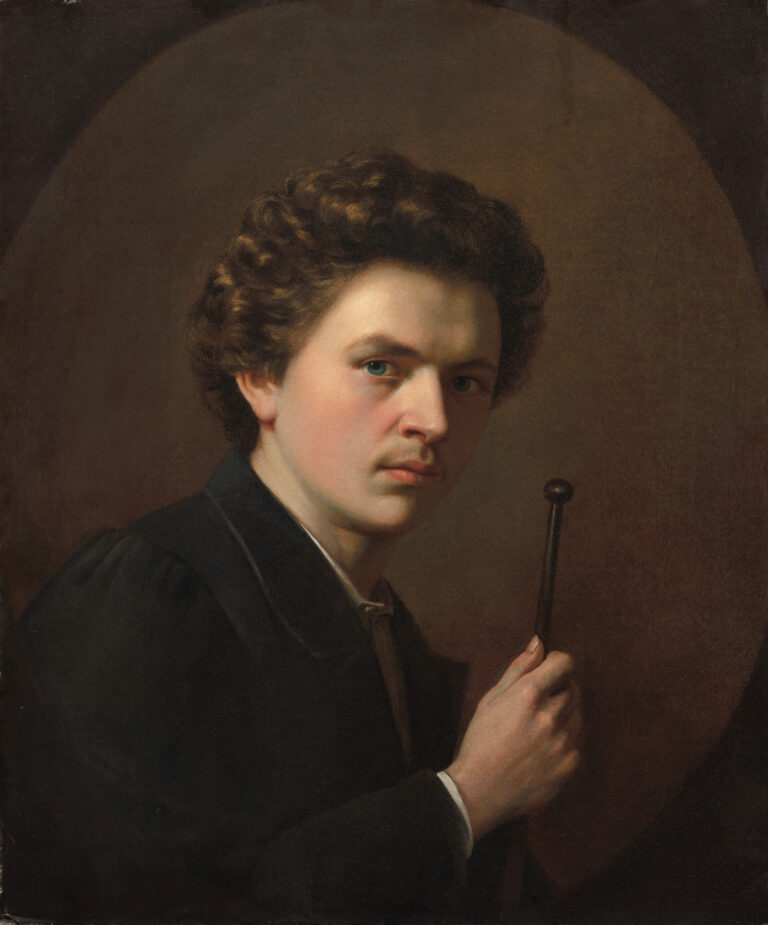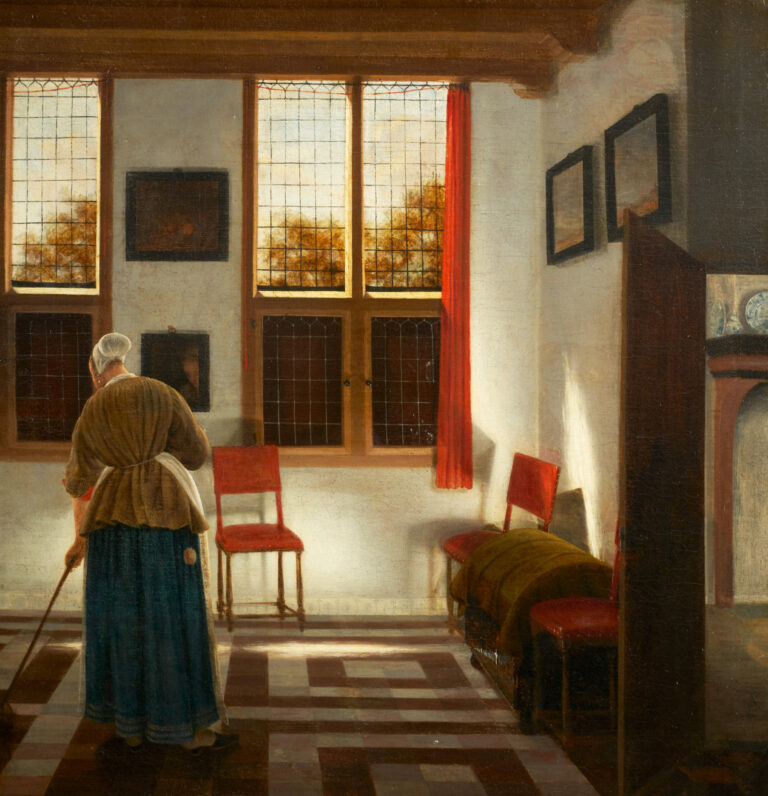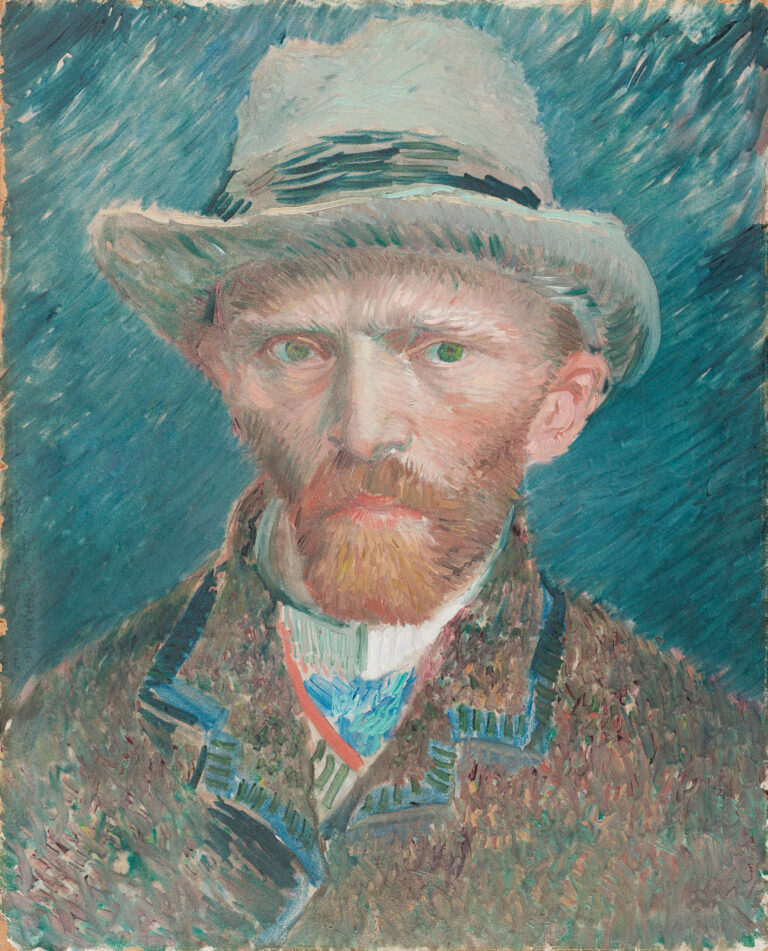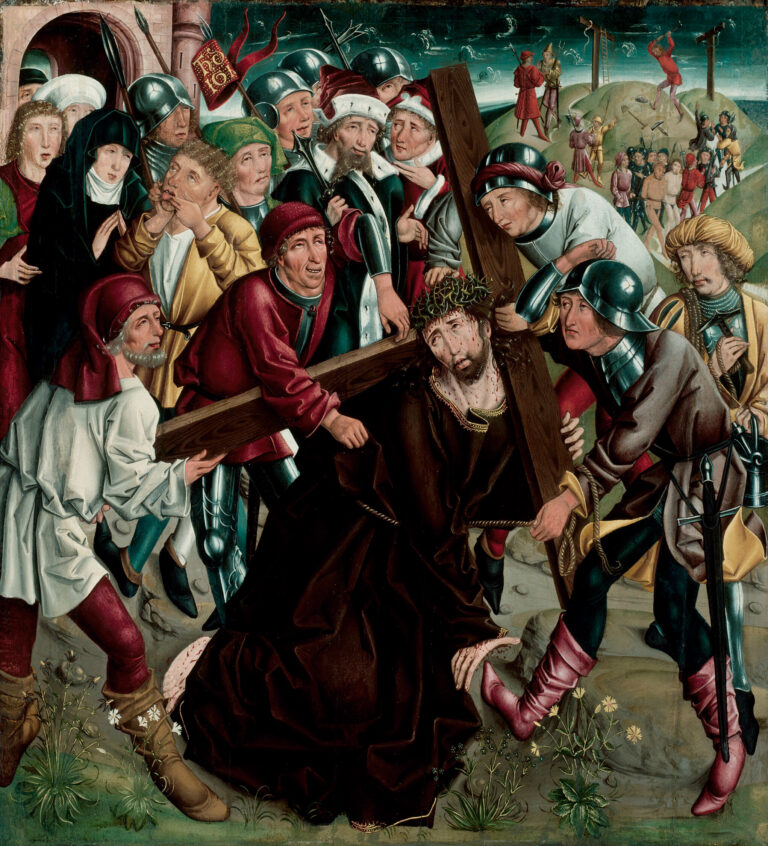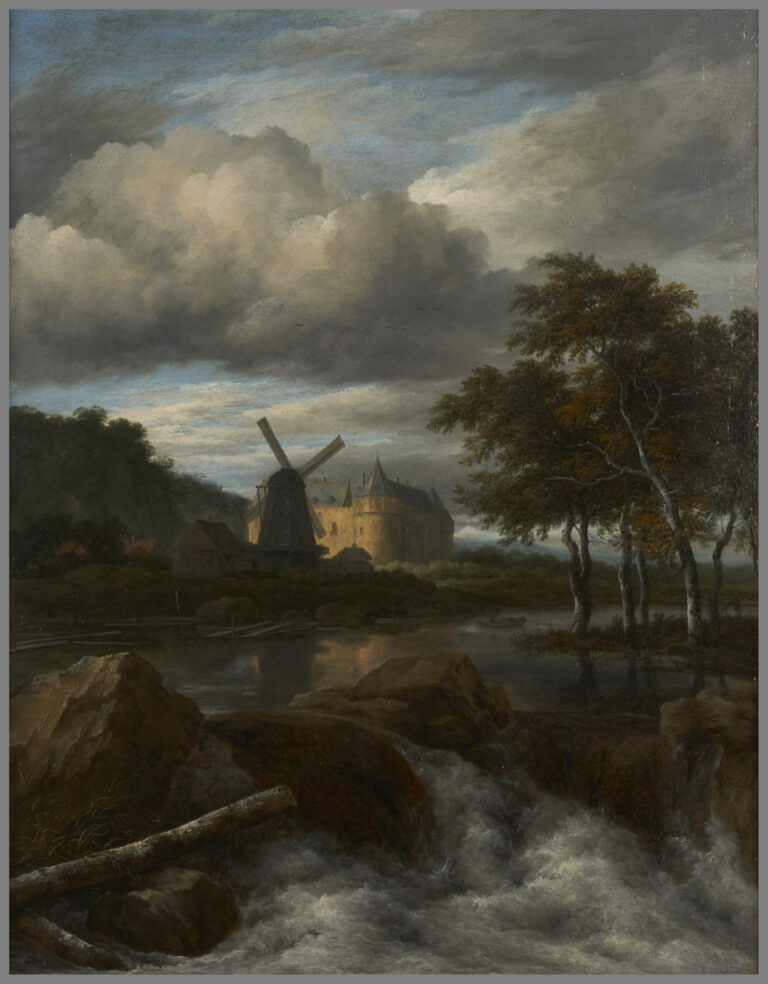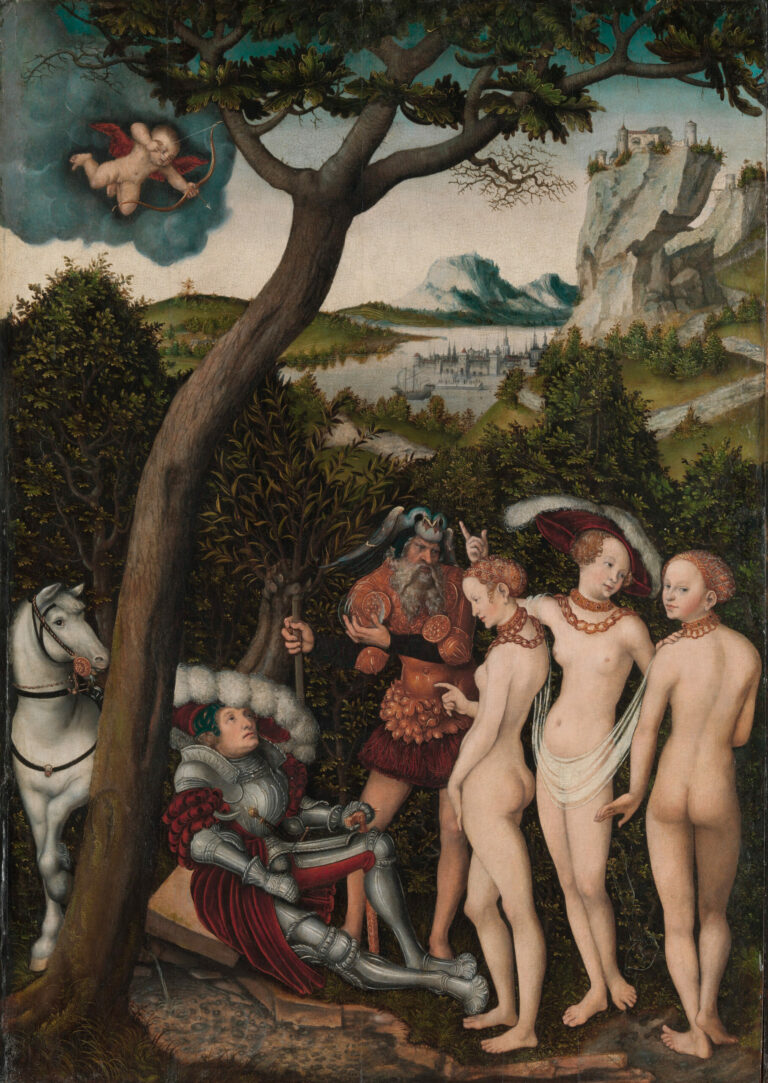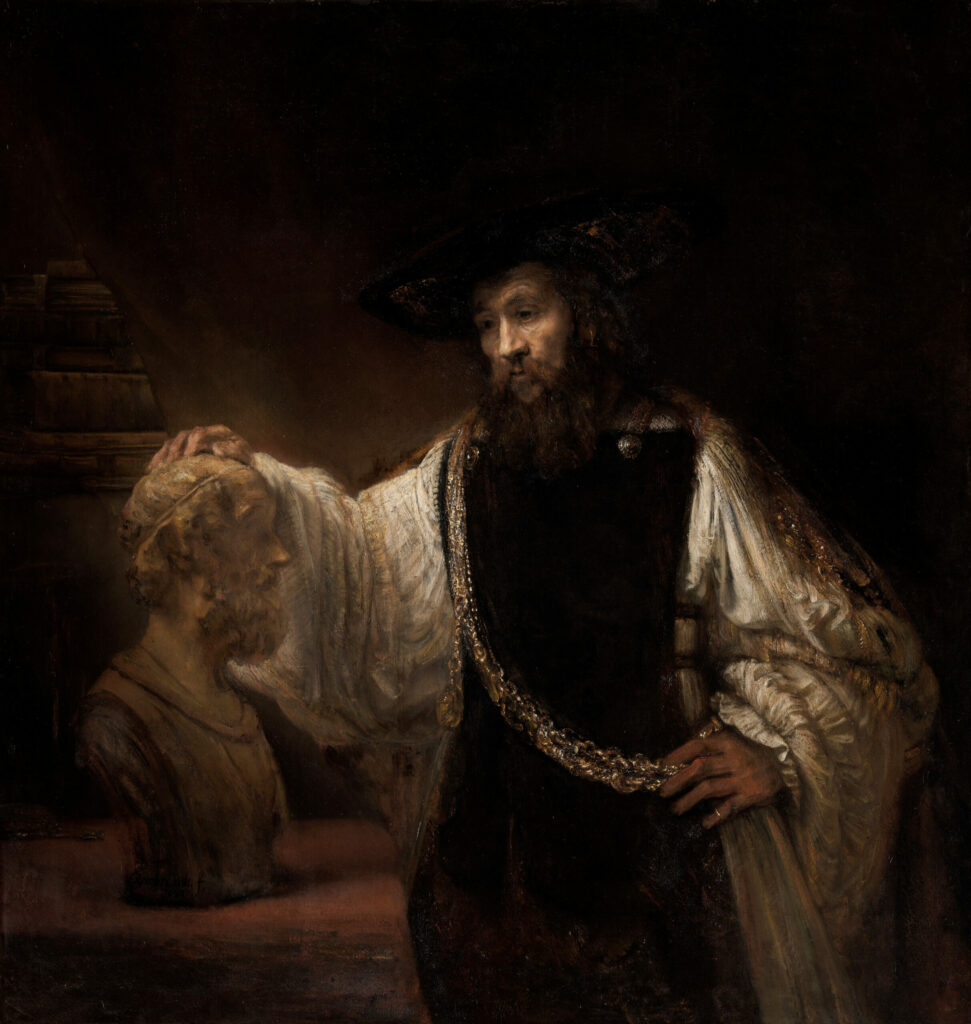
In this masterpiece, Rembrandt van Rijn captures a moment of intense philosophical contemplation.
Aristotle, dressed in a sumptuous black and white costume highlighted with gold, rests his hand on Homer’s bust in a gesture imbued with both respect and questioning. The emblematic chiaroscuro of the Dutch master bathes the scene in a meditative atmosphere where tensions between the material and spiritual realms unfold. The gold chain, bearing the effigy of Alexander the Great, contrasts with the marble pallor of the poet’s bust, symbolizing the opposition between temporal power and eternal artistic genius. Aristotle’s pensive gaze seems to interrogate posterity: what truly remains of our accomplishments? The philosopher stands at the boundary between two worlds—earthly wealth and immortality of the spirit—in a composition where each element—the velvety texture of fabrics, the brilliance of gold, the surrounding darkness—contributes to this visual meditation on human values.
Additional Information
- Title: Aristotle with a Bust of Homer
- Artist: Rembrandt Harmenszoon van Rijn (1606-1669)
- Date: 1653
- Dimensions: 56 1/2 x 53 3/4 in. (143.5 x 136.5 cm)
- Location: The Metropolitan Museum of Art, Fifth Avenue, New York, Gallery 616
- https://www.metmuseum.org/art/collection/search/437394
Rembrandt Harmenszoon van Rijn (1606-1669), undisputed genius of the Dutch Golden Age, revolutionized portraiture through his quest for psychological authenticity. In 1653, while painting “Aristotle with a Bust of Homer” for Sicilian collector Antonio Ruffo, the artist was experiencing a period of creative maturity despite growing personal and financial difficulties.
His distinctive technique, combining generous impasto with subtle glazes, allowed him to transcend mere representation and achieve unparalleled emotional depth, transforming each portrait from a simple exercise in mimicry into a profound exploration of the human condition.

